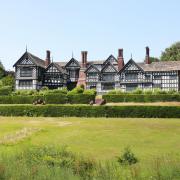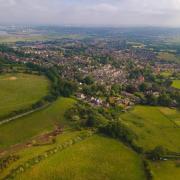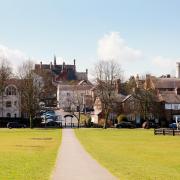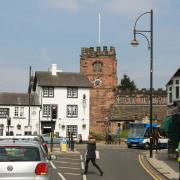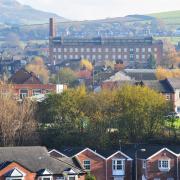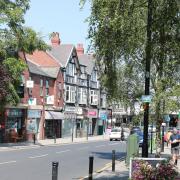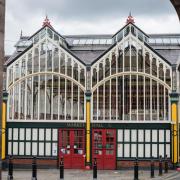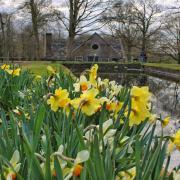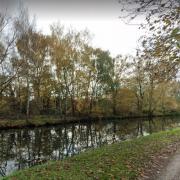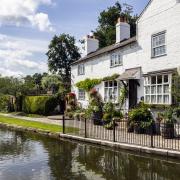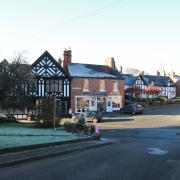Marple Bridge gives a taste of village life to those jaded metropolitan folk who want a nostalgic trip back in time when things moved at a slightly slower pace. But this being the modern world it is also a location with contemporary connections that can whisk visitors cityward within a matter of minutes.
Twenty minutes or so out of Stockport and visitors can stroll in a picturesque spot with its vernacular architecture and charming bridge spanning the River Goyt. It has been designated as a conservation area since 1974 and this was extended to incorporate Brabyns park in 2006.
The village gets its look from its Derbyshire origins. Although now part of Stockport, for centuries the area east of the River Goyt was part of the township of Ludworth in the Hundred of the High Peak.
The land to the west of the river was called Low Marple, part of the township of Marple, in the Hundred of Macclesfield in the County of Cheshire. Ludworth with Mellor was moved to become part of the Urban District of Marple in Cheshire in boundary reorganisations in 1936.
Not much is known about early Ludworth, except that there was a corn mill at Mill Brow in the 1200s. The local people kept adding to their land by ‘assarting’ - that is making new fields by felling trees, clearing stones and fencing and early dwellers lived in wood and thatch houses and scraped a living off the land. They made some extra money from the sale of cloth made in the home, first of wool, linen and hemp, and much later cotton.
In 1621 a survey was made of the bridges ‘in decay’ in Cheshire and who ought to pay for their repair. It recorded that: ‘One Cart Bridge (called Marple Bridge) to be built by Cheshire and Derbyshire’ and the small settlement on the Ludworth side of the River Goyt became Marple Bridge although it remains a mystery why it was not named Ludworth Bridge.
With the advent of the railway in the 19th century, thousands of visitors poured into Marple Bridge on their way to local beauty spots, on works outings, Sunday School anniversaries and excursion trains. Later many adults and children came to the area to recuperate in the ‘healthy air’.
Today, Marple Bridge is not only a desirable place to live but its attractive location makes it a destination for daytrippers who want a break from the hurly burly of modern life, shop in a local grocers or pretty boutique and dine happily in the historic local pub.




